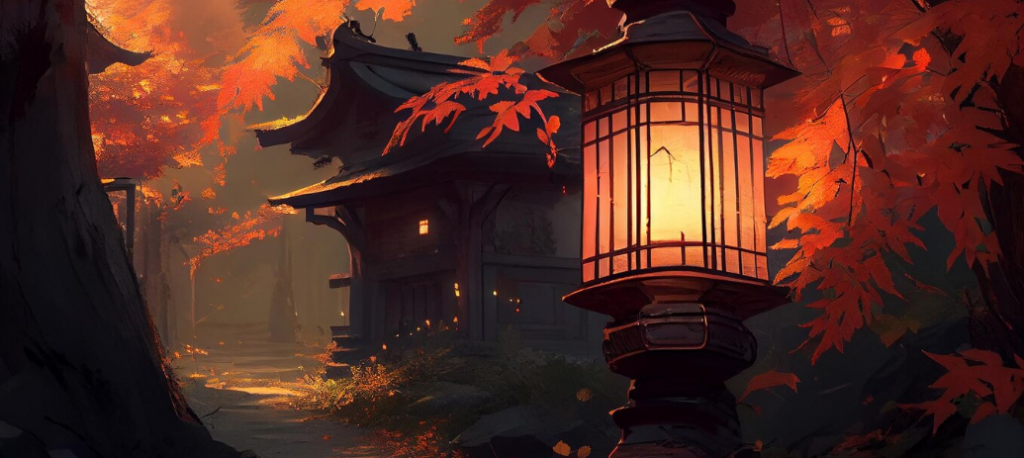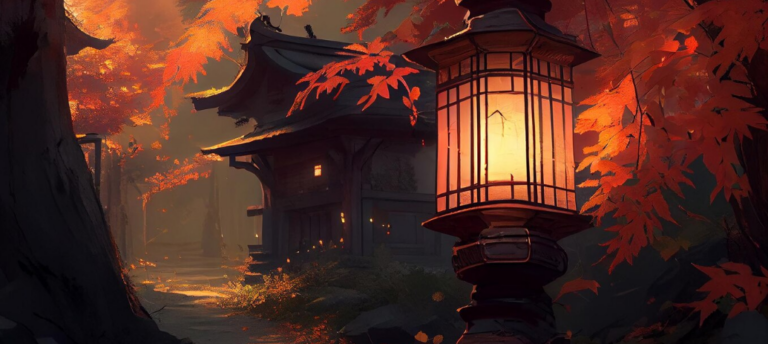A fascinating nexus between technology and one of the most recognizable animation studios in history—Studio Ghibli—has emerged as a result of the recent explosion in AI-driven art. Users can now produce images in the distinctively endearing style of Studio Ghibli thanks to platforms like OpenArt and Getimg.ai, a trend that has gone viral on social media. Anyone can turn ordinary photos into ones that look like they belong in a Hayao Miyazaki movie, complete with wide-eyed characters and lush, hand-drawn scenery, by just applying a filter.
Undoubtedly, a worldwide audience has been captivated by this explosion of artificial intelligence-generated Ghibli-inspired visuals. The trend is unquestionably widespread, ranging from memes to reimagined movie stills. However, it also poses significant queries about the nature of art, the function of conventional hand-drawn animation, and the constantly expanding potential of artificial intelligence. AI art tools have made it possible for anyone with a computer to produce high-quality artwork, greatly reducing the gap between amateurs and professionals. Even though this technological development is exciting, it raises the question of whether it lessens the emotional nuance and artistry that define the original Ghibli works.
Table: Bio Data and Career Highlights of Studio Ghibli Co-Founder Hayao Miyazaki
| Full Name | Hayao Miyazaki |
|---|---|
| Born | January 5, 1941, Tokyo, Japan |
| Profession | Animator, Director, Producer, Screenwriter |
| Notable Works | Spirited Away, My Neighbor Totoro, Princess Mononoke, Howl’s Moving Castle |
| Studio | Co-founder of Studio Ghibli |
| Awards | Academy Award for Best Animated Feature (2003), Golden Bear at Berlinale (2002), Annie Award |
| Website | Studio Ghibli |
The creator of the magical worlds of Spirited Away and My Neighbor Totoro, Hayao Miyazaki, has long supported the handmade quality of animation. His work has distinguished Studio Ghibli from other animation studios because it is infused with emotional and personal depth. However, the emergence of AI-driven Ghibli art is complicated by his outspoken criticism of AI technologies, especially in the field of creative arts. Miyazaki has made it clear that he believes that creating art is a very human endeavor that cannot be duplicated by automated procedures or algorithms.
However, this perspective is compellingly challenged by the growing use of AI to produce Studio Ghibli-style artwork. Modern tools, like OpenArt’s Ghibli filter, provide a very approachable way to produce stunning, high-quality images that capture the enchantment of Ghibli movies. This accessibility is especially helpful for people who don’t have the time or artistic ability to use the more conventional animation techniques. By enabling anyone to experience the enchantment of Ghibli’s distinctive style, these AI-powered tools democratize the art-making process.
Even though the AI-generated art is clearly amazing, the process used to create these pictures still lacks the nuance and purpose of traditional animation. Every frame is meticulously hand-drawn by Studio Ghibli’s artists, giving each scene a level of emotional resonance and detail that is hard, if not impossible, for AI to imitate. This brings up a crucial point regarding Ghibli’s storytelling style’s distinctiveness. Characters in Ghibli films are more than just pictures; they are representations of feelings and stories that embody the studio’s basic principles of human connection, environmentalism, and the beauty of flaws.
In contrast, AI is based on algorithms that are incapable of feeling these emotions. Rather, it uses a great deal of data to imitate the patterns of human-made art. Although this can result in visually stunning outcomes, it’s crucial to understand that Ghibli’s art truly thrives on the human touch. The animation’s intentional pacing, hand-drawn textures, and subtle flaws are what give viewers the emotional depth they have grown to adore.
AI tools such as Getimg.ai’s Ghibli Diffusion model are unquestionably impressive in the field of digital art. With little to no input, they allow users to create images that look remarkably similar to Ghibli animation. These AI systems are incredibly effective; they can turn ordinary photographs into elaborate works of art. But as technology advances, it also raises questions about what qualifies as “real” art. Is it the end result itself or the purpose for which it was created? Can algorithm-generated art have the same emotional impact as human-created art?
Important conversations concerning copyright and the future of intellectual property have also been triggered by the growing trend of Ghibli-style art produced by AI. Artists and creators may find it more difficult to prevent others from copying or changing their original works as these tools become more accessible. What happens if artificial intelligence (AI) programs are able to produce art that remarkably accurately imitates the style of an artist? Some contend that this is an act of tribute, while others believe it jeopardizes the distinctiveness of individual artistic expression.
Some digital artists are responding to this by accepting AI as a tool rather than a rival. They can improve their creative output and expedite their workflow by utilizing these technologies, utilizing AI to try out new styles or get past technical obstacles. More adaptability and creativity are made possible by this method, which lets artists experiment with new mediums while preserving their individuality. AI can enhance the creative process rather than replace human creativity, allowing artists to more easily try out novel concepts and methods.
Artificial intelligence-generated Ghibli art is influencing popular culture in addition to digital art as it continues to enthrall viewers. The trend has sparked a plethora of innovative content, from memes to social media posts, some of which have even impacted traditional media. A new form of cultural expression that is quickly developing and becoming more widely available to a global audience is represented by the combination of AI and iconic animation styles. This movement aims to change how we engage with and value art in the digital age, not just replicate preexisting styles.
It is anticipated that AI will play a much larger role in the creative industries in the years to come. AI will keep pushing the limits of what is feasible in the creation of art by incorporating increasingly complex algorithms and learning from enormous datasets. As this technology develops, previously unthinkable forms of animation, storytelling, and visual expression could emerge.
The Studio Ghibli-style trend is evidence of how technology can stimulate new kinds of creativity, even in the face of the controversy surrounding the use of AI in art. There is no doubting AI’s enormous potential to revolutionize the creative industry, even if it is unable to completely capture the magic of traditional animation. For the time being, it will be interesting to observe how AI interacts with animation and other visual storytelling mediums as it develops further and changes how we interact with art.

